Equestrian events were first included in the modern Olympic Games in 1900. By 1912, all three Olympic disciplines still seen today were part of the games. The following forms of competition are recognized worldwide and are a part of the equestrian events at the Olympics. They are governed by the rules of the International Federation for Equestrian Sports (FEI).
Dressage (“training” in French) involves the progressive training of the horse to a high level of impulsion, collection and obedience. Competitive dressage has the goal of showing the horse carrying out, on request, the natural movements that it performs without thinking while running loose.
Show jumping comprises a timed event judged on the ability of the horse and rider to jump over a series of obstacles, in a given order and with the fewest refusals or knockdowns of portions of the obstacles.
Eventing, also called combined training, horse trials, the three-day event, the Military or the complete test, puts together the obedience of dressage with the athletic ability of show jumping, the fitness demands the cross-country jumping phase. In the last-named, the horses jump over fixed obstacles, such as logs, stone walls, banks, ditches and water, trying to finish the course under the “optimum time.” There was also the ‘Steeple Chase’ Phase, which is now excluded from most major competitions to bring them in line with the Olympic standard.
The additional internationally sanctioned but non-Olympic disciplines governed by the FEI are: combined driving; endurance; reining; and vaulting. These disciplines are part of the FEI World Equestrian Games every four years and may hold their own individual World Championships in other years. The FEI also recognizes horseball and tent pegging as its two regional disciplines.
Para-equestrian disciplines
Para-equestrian competition at the international level, including the Paralympics, are also governed by the FEI and offer the following competition events:
Para-Equestrian Dressage is conducted under the same rules as conventional Dressage, but with riders divided into different competition grades based on their functional abilities.
Para-Equestrian Driving places competitors in grades based on their skill.
Original article: https://en.wikipedia.org/wiki/Equestrianism










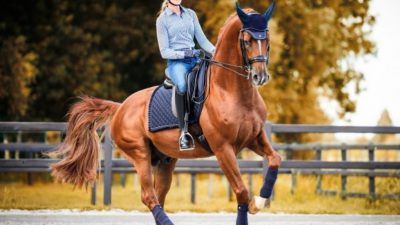
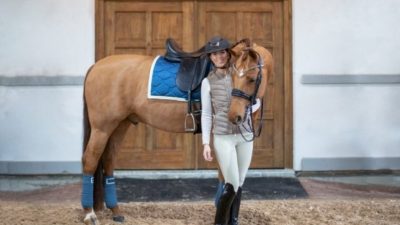
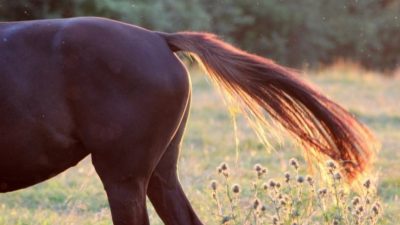


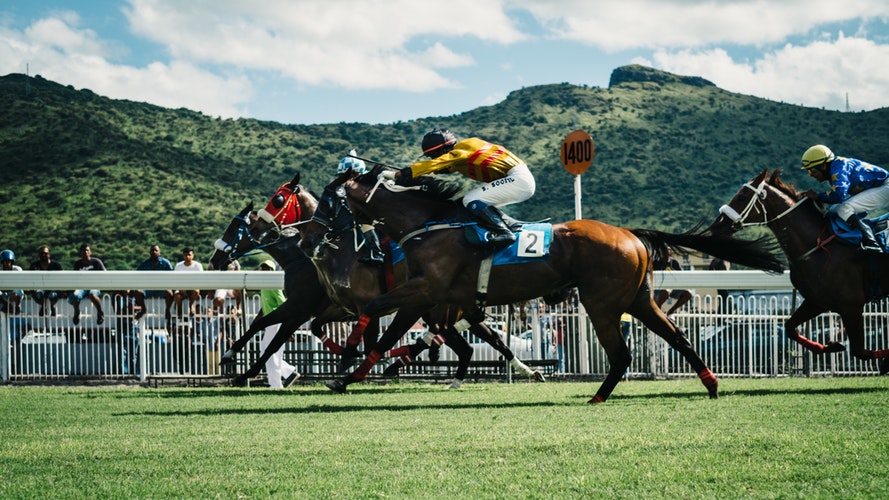






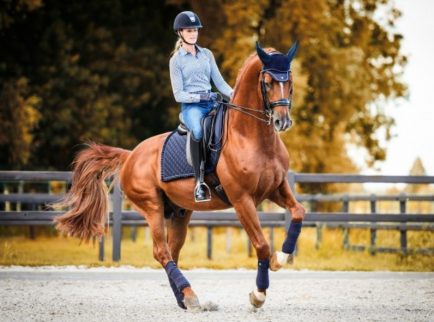
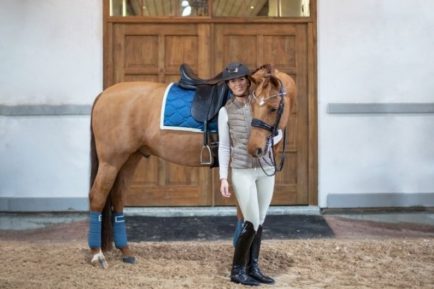
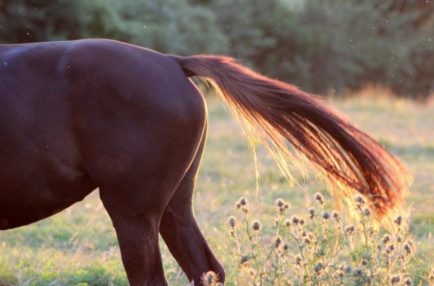
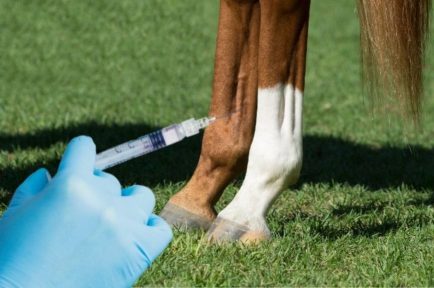
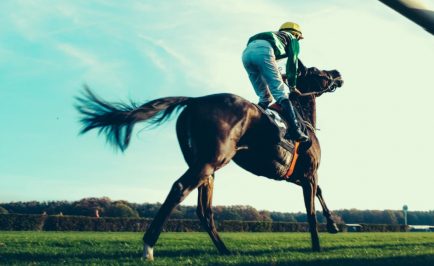
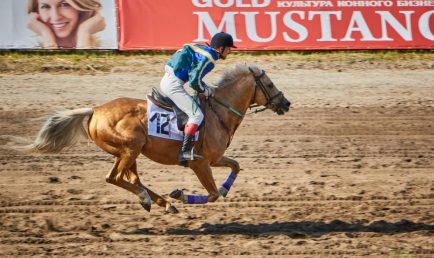
Comments